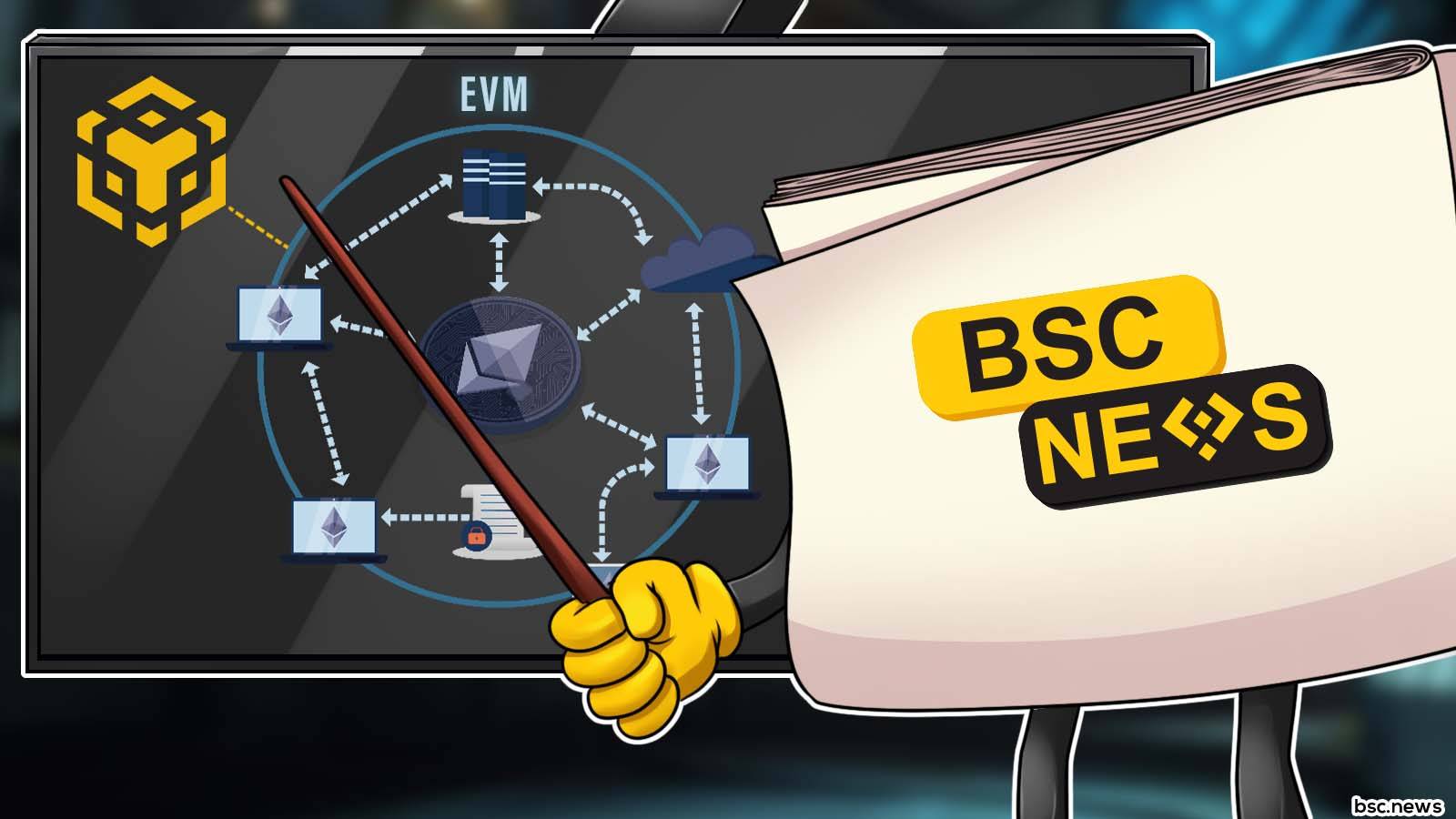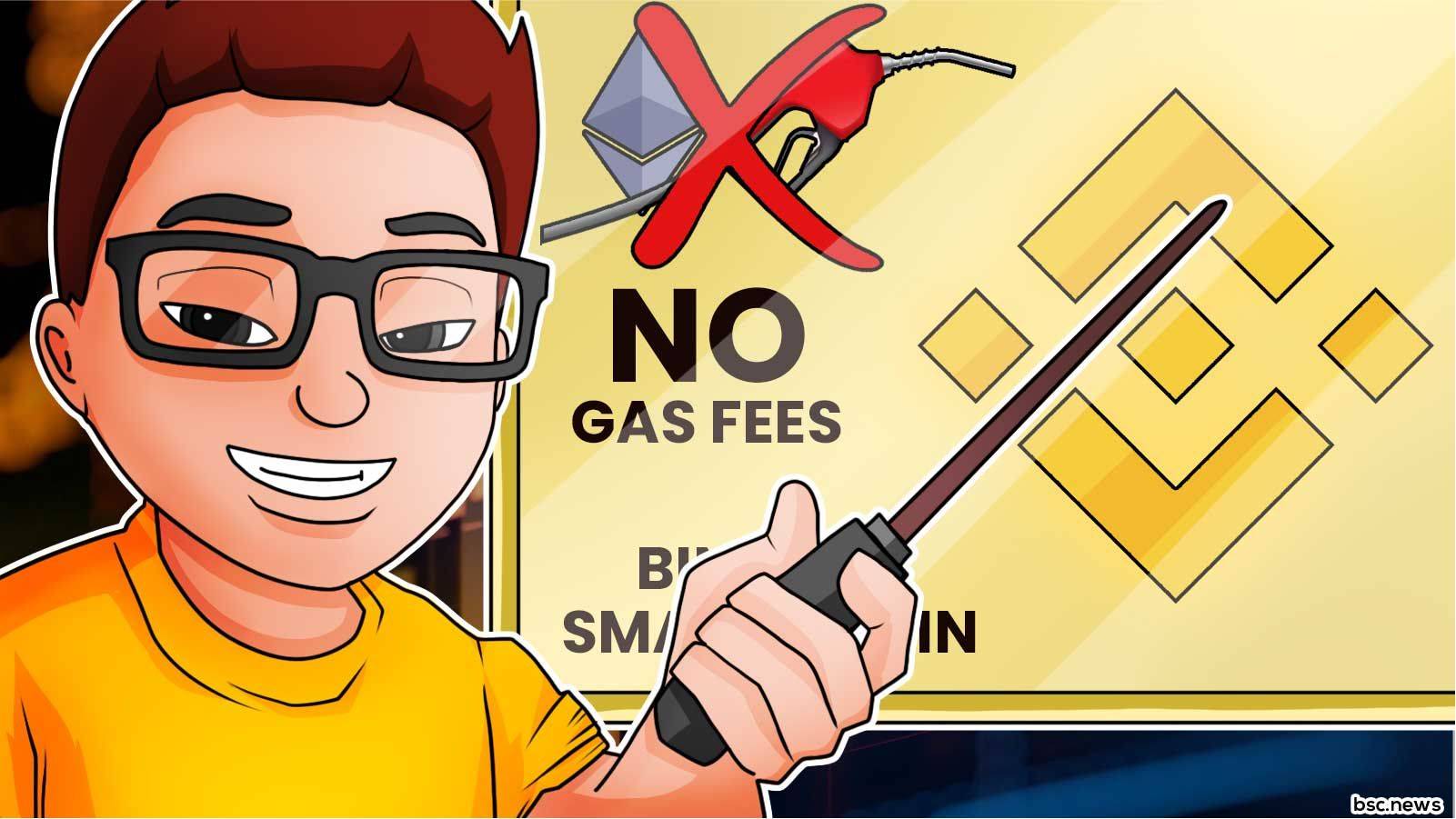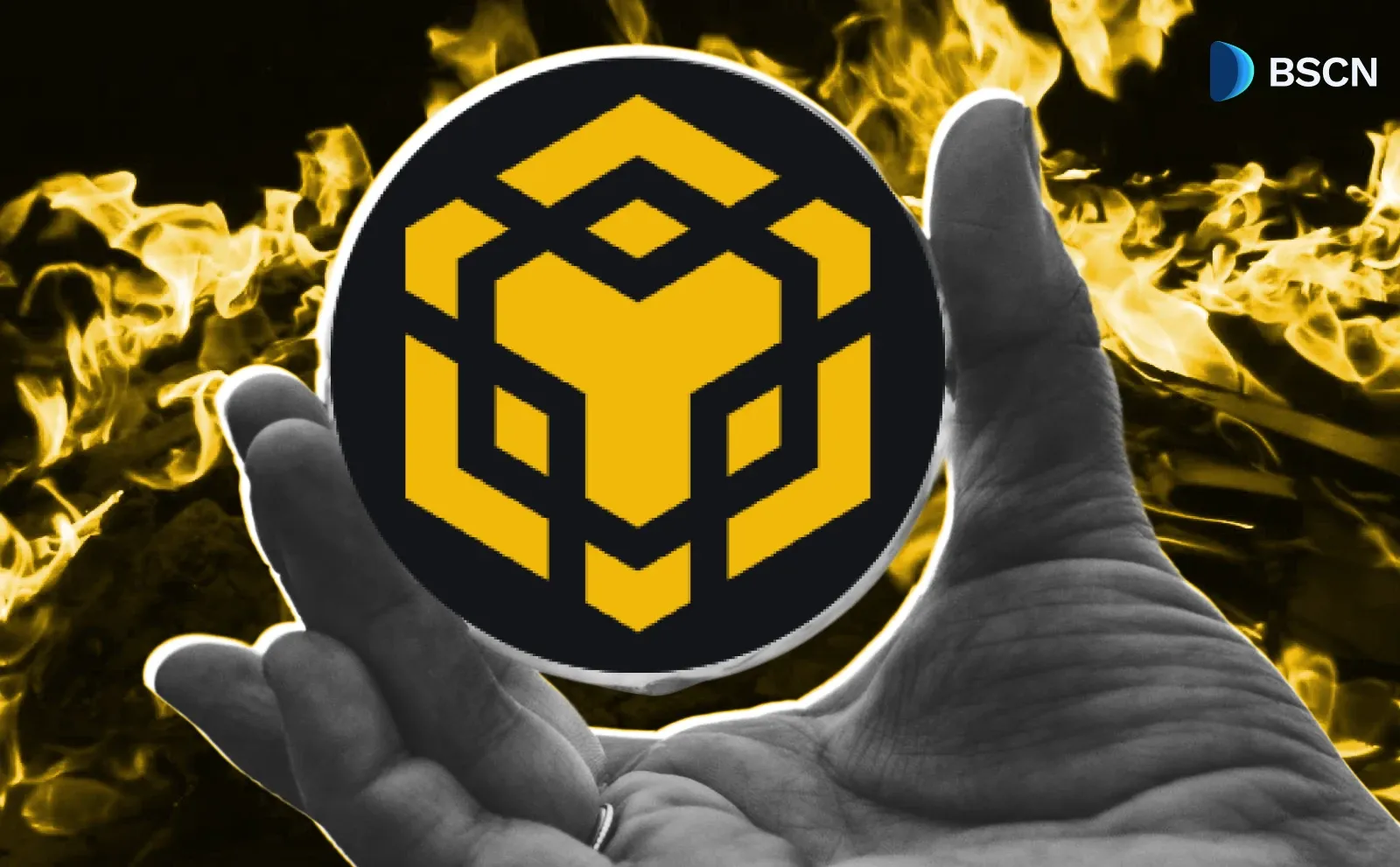BNB
(Advertisement)
How Does EVM Impact BNB Chain?

The Ethereum Virtual Machines is the heart of functionality to Ethereum and numerous other chains, especially Binance Smart Chain
BSCN
January 19, 2022
(Advertisement)
Table of Contents
Binance Smart Chain and the EVM
BNB Chain (BSC) was the first blockchain ecosystem that became an alternative to Ethereum. BSC started its development as a fork of the Go-Ethereum (Geth) code, bringing EVM-compatible programmability to the new chain.
EVM means Ethereum Virtual Machine. If you have not read our previous post on the EVM, we suggest you read that first.
With the EVM compatibility of BSC built on Geth, any smart contract can be ported to BNB Chain. Having EVM compatibility is basically how BNB Chain became so prominent. The BSC fork and implementation of EVM compatibility paved the way for Decentralized Finance (DeFi) to take on a new life away from the Ethereum mainnet.
Overall, BSC’s EVM compatibility means developers can easily integrate Ethereum protocols with BSC. There are big advantages to being EVM Compatible, and much of it stems from the ability for developers to move chains easily. The power of adoption is astonishing.

How Does EVM Affect BNB Chain Users
For users, when it launched, BSC pretty much supported all the existing Ethereum tooling coupled with faster and cheaper transaction fees. This move opened the door for DeFi to hit another level.
Once BSC launched, users swarmed over to the new chain. The EVM compatibility meant that applications like MetaMask could be configured to work with BSC. It meant that a whole new world of Dapps could function outside of Ethereum. All bonuses for users.
The EVM also made it easy for users from Ethereum to switch chains and find recognizable Dapps. Some might call them copy-cats of Ethereum projects which they are. But ultimately, the replica protocols have helped grow the entire DeFi space.
Many popular Dapps on BSC are mere forks and replications of Ethereum counterparts:
- Ethereum has DeFi Pulse -- BNB Chain has DeFi Station
- Ethereum has UniSwap -- BNB Chain has PancakeSwap
- Ethereum has yEarn -- BNB Chain has AutoFarm
- Ethereum has Zapper -- BNB Chain has Yield Watch
The list goes on…

Remember that BSC’s Dapps that are copies of Ethereum inherit all the positives and vulnerabilities from their Ethereum counterparts, namely risks of impermanent loss (IL), smart contract flaws, oracle problems, and more. Users have been victims of dual hacks, which have seen EVM compatible hacks, including some on BSC, victims of equal explorations.
How Does EVM Affect BSC Developers and Scalability
The Ethereum Virtual Machine makes the process that much easier to grow when it comes to application and blockchain software development. When Solidity was created more or less to program blockchain projects, using that language on new chains with the EVM became a massive benefit to the whole crypto industry.
One of the major perks of the EVM is that there is no need to build a blockchain from scratch. Due to the shared EVM legacy, BSC can easily support smart contracts written on all other EVM-compatible blockchains. In essence, Ethereum allows a developer to create an application that fits onto several different blockchains.

Many blockchains aim for EVM compatibility to simplify the migration from Ethereum to a new blockchain. Many projects in the crypto industry attempt the ”EVM but faster and cheaper than Ethereum mainnet” ploy. The whole field almost feels like a competition for who is faster and better.
As the popularity of DeFi grows, the EVM architecture has begun to hit more and more limitations and likely cannot grow much more. This is because all EVM transactions can interact with any other part of the EVM. It also requires massive network bandwidth to download a new block, large amounts of CPUs to validate transactions, and large IO and RAM to sustain it all in real-time.
The EVM is actually what constrains transactions-per-second on many EVM compatible chains. It becomes too much on the hardware to compete with the demand. Gas fees are a downside to EVM compatibility as performance can be measured as the gas used by transactions where the gas cost of a transaction is a more or less direct measurement of transaction complexity. Any new block can hold more simple transactions or fewer complex transactions, always filling the block to the full amount.
When it comes to BNB Chain, there are block sizes of 100M gas units. This is much larger as compared to the 20M on Polygon or 12M on Ethereum itself. BSC can handle 55 to 60 transactions per second (TPS) on average, which is faster and uses lower fees than Polygon or Ethereum. It is unclear if there are tradeoffs to having larger versus smaller blocks.

What is true is that scaling challenges have hindered BSC. It has had to halt trades in the past when congestion reached stress points. There are many instances of failed transactions. PancakeSwap’s live info and analytics show considerable latency.
Without the ability of infinitely fast computers, there will need to be a threshold established between validators and nodes to maintain the synchronization of the chain. Mikko Ohtamaa, the CTO of CapitalGram, outlined several examples of scaling the EVM and other optimization techniques that could be tried out in his post “Scaling EVM (Ethereum Virtual Machine)” from July 2021. (Your author thanks him for considerable research).
One final issue is that as Ethereum develops is that the Geth contract is being phased out. BNB Chain runs on GoEthereum and will need a careful update. Many developers hold serious reservations about the scalability and capability of both the BSC infrastructure and the team at the helm. Geth may be hitting its limitations right when it needs to be phased out. Hopefully, we see a wealth of innovation on this front.

Conclusion
The role of the EVM is increasingly vital on BSC, but that should not discount BSC’s role in establishing the Ethereum Virtual Machine as a standard across DeFi. BSC is still the preferred chain, with most addresses, transactions, and wallets as of December 2021.
While EVM has become the standard across cryptocurrency, it has its limitations. Many projects and innovations are underway on BSC to help solve the scalability issues. Initiatives like the Erigon upgrade by Ankr have been implemented to help improve local data storage. In the end, the scalability is always going to fall back on the capabilities of the EVM.
This should increasingly grow Ethereum’s position as the internet of blockchains, giving Ethereum a huge edge going forward. The capital T truth is that all the cross-chain bridges are centralized around Ethereum; the power still flows from Ethereum. It’s the most credibly-neutral infrastructure to make this vision a reality. Until there is a clear fissure, which is extremely unlikely, if you are bullish on BSC, you must be bullish on ETH.
Don’t forget to download the BSC News mobile application on iOS and Android to keep up with all the latest news for BNB Chain and crypto! Check out the DeFi Direct Linktree for all the access links!
For those looking for tools and strategies regarding safety and crypto education, be sure to check out the Tutorials, Cryptonomics Explainers, and Trading Tool Kits from BSC News.
Read Next...
Disclaimer
Disclaimer: The views expressed in this article do not necessarily represent the views of BSCN. The information provided in this article is for educational and entertainment purposes only and should not be construed as investment advice, or advice of any kind. BSCN assumes no responsibility for any investment decisions made based on the information provided in this article. If you believe that the article should be amended, please reach out to the BSCN team by emailing [email protected].
Author
 BSCN
BSCNBSCN's dedicated writing team brings over 41 years of combined experience in cryptocurrency research and analysis. Our writers hold diverse academic qualifications spanning Physics, Mathematics, and Philosophy from leading institutions including Oxford and Cambridge. While united by their passion for cryptocurrency and blockchain technology, the team's professional backgrounds are equally diverse, including former venture capital investors, startup founders, and active traders.
(Advertisement)
Latest News
(Advertisement)
Crypto Project & Token Reviews
Project & Token Reviews
Comprehensive reviews of crypto's most interesting projects and assets
Learn about the hottest projects & tokens

















